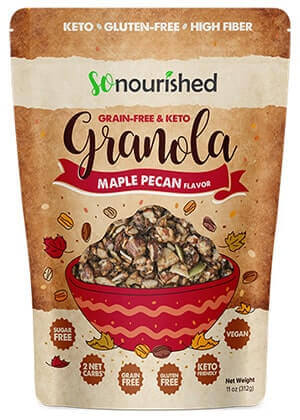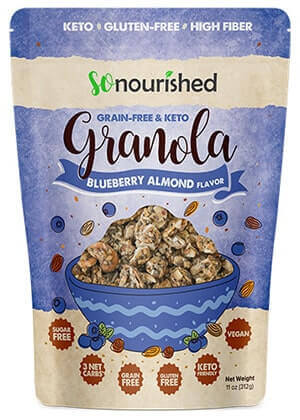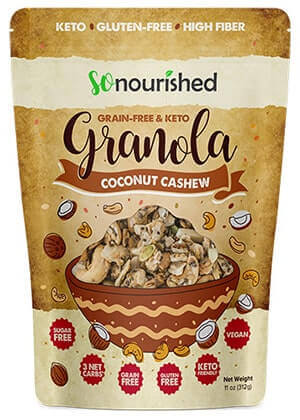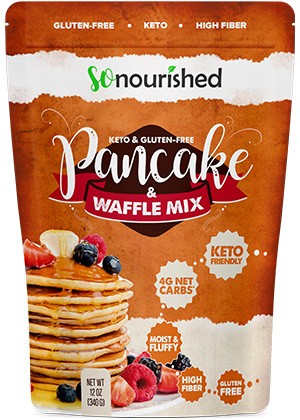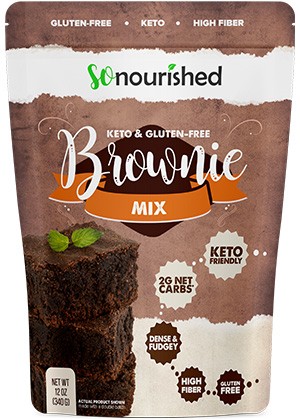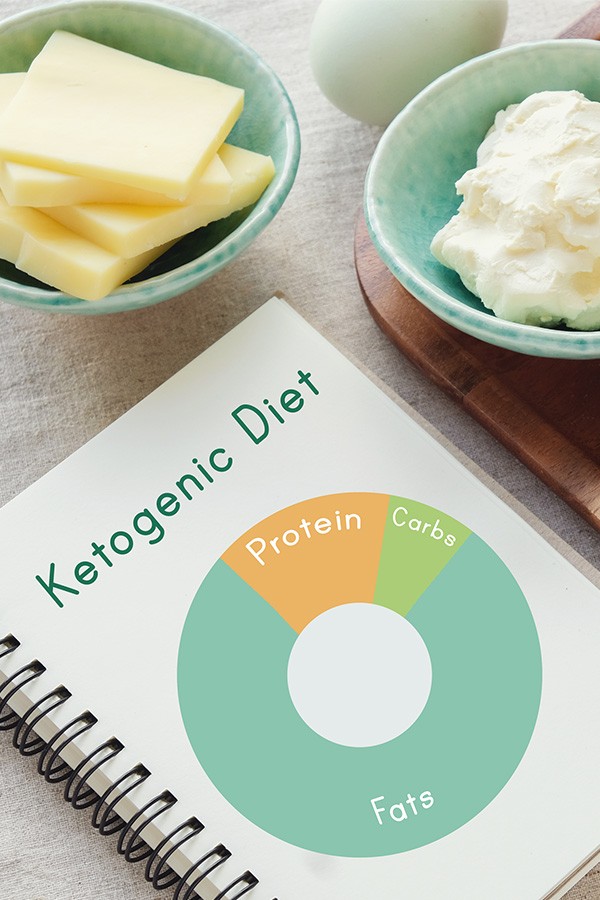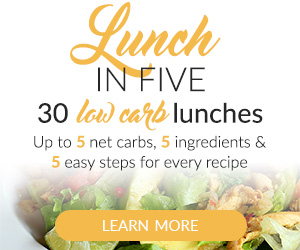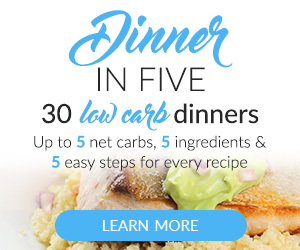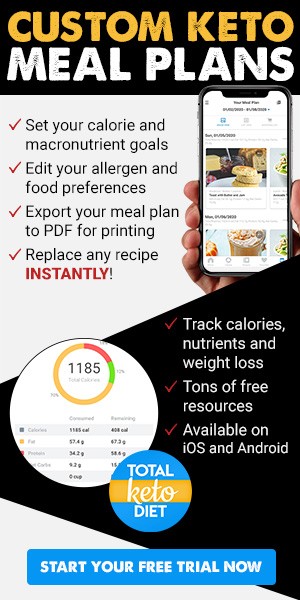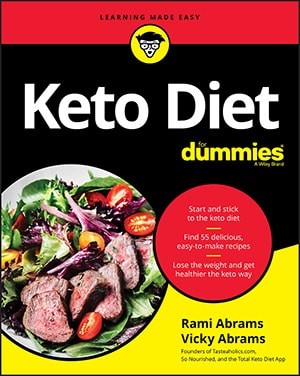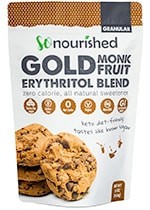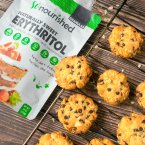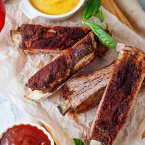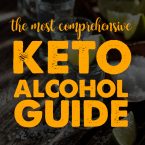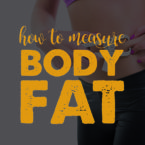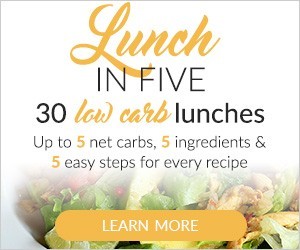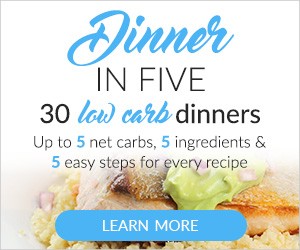The Basics of Macros
Virtually all food can be divided into three main groups: fat, protein, and carbs. These are what the body uses to generate energy on a daily basis and are called macronutrients, or macros, for short. Each macro has a distinct measurement of how many calories per gram it offers. This information can be found on foods' nutrition facts, typically found on side labels.
- Fats – 9 calories per gram
- Protein – 4 calories per gram
- Carbohydrates – 4 calories per gram
Each of these macro groups impacts the body differently. Protein contains essential amino acids your body needs to function, while fats support cell growth and help your body produce crucial hormones. Carbs are a source of quick energy that the body can easily convert into fat.
Why Keep Track of Macros?
Figuring out your daily target number of calories is the first step to achieving your goals. Calories determine whether you gain, maintain, or lose weight. To lose weight, your caloric intake must be less than your caloric expenditure. For example, if you eat 2,000 calories in a day but only manage to burn 1,800, you're going to gain weight. If you eat 2,000 calories and burn 2,200, you'll lose weight. Calories form the foundation of how your diet works, but how you get those calories is just as important. Your body processes fat, protein, and carbs in different ways, and each one has a varying effect on your body. You need to have the mix of macros that helps you create the type of body you want to have.
Whether your goal is to gain, lose, or maintain body weight, the right balance of macros is fundamental to achieve a specific weight goal and level of health. To put it more into perspective, picture how 100 calories of coconut (fat) is a far healthier choice than 100 calories of a slice of chocolate cake (carbs).
Maintaining muscle mass is an essential factor while choosing the correct type of calories as well. To build muscle, you'll need to eat more protein than usual and more calories overall than you expend daily. The extra calories are critical because your body is literally using that energy to build muscle fibers. You can't add muscle when you're eating fewer calories than you're burning (this is known as a “caloric deficit”). This is why people “bulk” (by eating more than they need) to build muscle first, and then “cut” (by eating less than they need per day) to reduce their body fat percentage and let those muscles shine.
A ketogenic way of eating consists of more fat, fewer carbs, and a moderate amount of protein. It's crucial to know what the ratios need to be to get into and stay in ketosis – this is where the body converts fat into ketones for energy instead of turning carbs into glucose, or blood sugar. For example, on a keto diet, most people consume fewer than 50 grams of carbs daily, actively burning fat for energy, and staying in ketosis. The ratios on a ketogenic diet are roughly:
- 65-70% of the calories should come from fat
- 25-30% of the calories should come from protein
- 5% of the calories should come from carbs
If you were eating 2000 calories in a day, this would look something like
- 1400 calories from fat (about 155 grams of fat)
- 500 calories from protein (about 125 grams of protein)
- 100 calories from carbs (about 25 grams of carbs)
Finding Your Perfect Macros
Age, weight, gender, body mass index (BMI), and lifestyle all contribute to different macro needs for different people. To figure out your perfect macronutrient ratio, you'll need to find a calculator (we recommend our Keto Calculator – it will guide you every step of the way – an easy, breezy macro experience) that will take all of these factors into account.
- Age – As you get older, your body slows down. It needs fewer calories to get through the day, and for the most part, you've stopped growing. This causes your macro needs to decrease.
- Weight – The larger you are, the more you need to eat. Remember that your cells are constantly replacing themselves; the more cells you have, the more you'll need to replace. If you're dealing with excess fat, you can decrease what you're eating, and that weight will begin to drop. If we're talking about muscle tissue, however, you don't want to start losing muscle mass because you aren't eating enough.
- Gender – Men tend to need more calories than women, sometimes up to 40 percent higher.
- BMI – Your BMI is a measurement tool to gauge your body composition. It takes your overall weight and divides it by the square of your height to find out how dense you are. Someone who is 6'4″ is going to need a lot more to maintain bone, skin, and brain health than someone who is 5'4″.
- Lifestyle – This includes everything from your occupation to your hobbies to your exercise routines. Someone who sits at a desk all day needs fewer calories than someone working in construction. People who hike for a hobby need more energy than gamers.
The calculator is easy because it just asks you to rate where you are in these different areas with a few simple choices, then runs the numbers for you and tells you what you need.
What's Next?
Now that you have a basis, keep an eye on all the nutrition labels when shopping and eating; you're specifically looking for the grams of fat, proteins, and carbs. Don't forget that what you see on the nutrition label typically lists the amount per serving, not the amount for the entire package. During the first few weeks, taking notes can help a lot. Total Keto Diet app is our recommended keto app if using a phone works better for you. It contains a massive index of nutrition facts on foods that you eat every day.
Along with note-taking, you should buy a food scale! Few of us are good at precisely estimating serving sizes of a bunch of different foods, so this is an invaluable addition to any serious keto dieter's kitchen. They are inexpensive and will help you find out quickly how much food to eat – especially whole, raw foods that don't have labels. If properly taken care of, they can last a very long time.
Try It Yourself
As an example, you have 100 grams of chicken breast. SelfNutritionData shows the macros for chicken breast as 31 grams of protein, 4 grams of fat, and 0 grams of carbs. Now, record these macros for your daily intake! It's important to do this throughout the day so you can make adjustments as you go; if you wait until after you've eaten supper, you might discover that you had too many calories or not enough of a certain macro. If you track these throughout the day, you'll be able to make adjustments as you go.
It may be a little time consuming at first, but it's worth it. You will learn which foods tend to be high, low, and balanced across the three macros. If you go down the low-carb route, you'll discover just how many berries you can grab to snack on when you're on the go. You'll be amazed by how much you improve!
Things To Keep In Mind
Count Your Net Carbs
Keto dieters add the total “net carbs” to their daily macros. It takes away the fiber and sugar alcohol content found on the nutrition label. For example, avocados generally have 15 grams of carbs and 10 grams of fiber. Take the fiber and subtract it from the carbs. You are left with 5 grams of “net carbs.” Be sure to count this number for your daily macros. This is because dietary fiber and sugar alcohols are not digested by our bodies like other foods and don't spike blood sugar like regular carbohydrates, which are broken down into glucose in the body.
Sugar Alcohols
Erythritol, maltitol, sorbitol, and xylitol are common sugar alcohols that are often used to replace sugar. Take note that these do not add up along with your net carbs total. The body does not metabolize them, so they do not affect your daily caloric intake.
When In Doubt, Average Out
When you start searching the web for nutritional data, you will find many macronutrient numbers across a broader range than you'd expect. This is normal, and it's okay. Nothing can be measured absolutely perfectly – especially food. While nutrition labels are known to be the most accurate, they are not always available. So, take the average of what you find. Being off here and there a few grams at the end of the day is normal – it won't hurt a thing.
Hydration Is Key
Drinking enough water is vital – especially when undergoing a new lifestyle change. Because water intake is increased, more electrolytes are excreted as well. Drink bone broth and increase sodium intake to replenish the lost electrolytes. In addition, make it a goal to eat enough foods rich in calcium, magnesium, sodium, and potassium to recuperate these lost ions.
Related & Helpful Sites
- Total Keto Diet – the largest and most popular keto diet app which takes sugar alcohols and net carbs into account
- Food Scale – experience pin-point accuracy weighing food
NUTRITIONAL DISCLAIMER
The content on this website should not be taken as medical advice and you should ALWAYS consult with your doctor before starting any diet or exercise program. We provide nutritional data for our recipes as a courtesy to our readers. We use Total Keto Diet app software to calculate the nutrition and we remove fiber and sugar alcohols, like erythritol, from the total carbohydrate count to get to the net carb count, as they do not affect your blood glucose levels. You should independently calculate nutritional information on your own and not rely on our data. The website or content herein is not intended to cure, prevent, diagnose or treat any disease. This website shall not be liable for adverse reactions or any other outcome resulting from the use of recipes or recommendations on the Website or actions you take as a result. Any action you take is strictly at your own risk.
- What Is Erythritol? The Keto Sugar Substitute - April 24, 2020
- Ketone Strips, Keto Sticks & Meters – Calculate Your Ketones - January 9, 2018
- What Are Macros? - December 29, 2017


